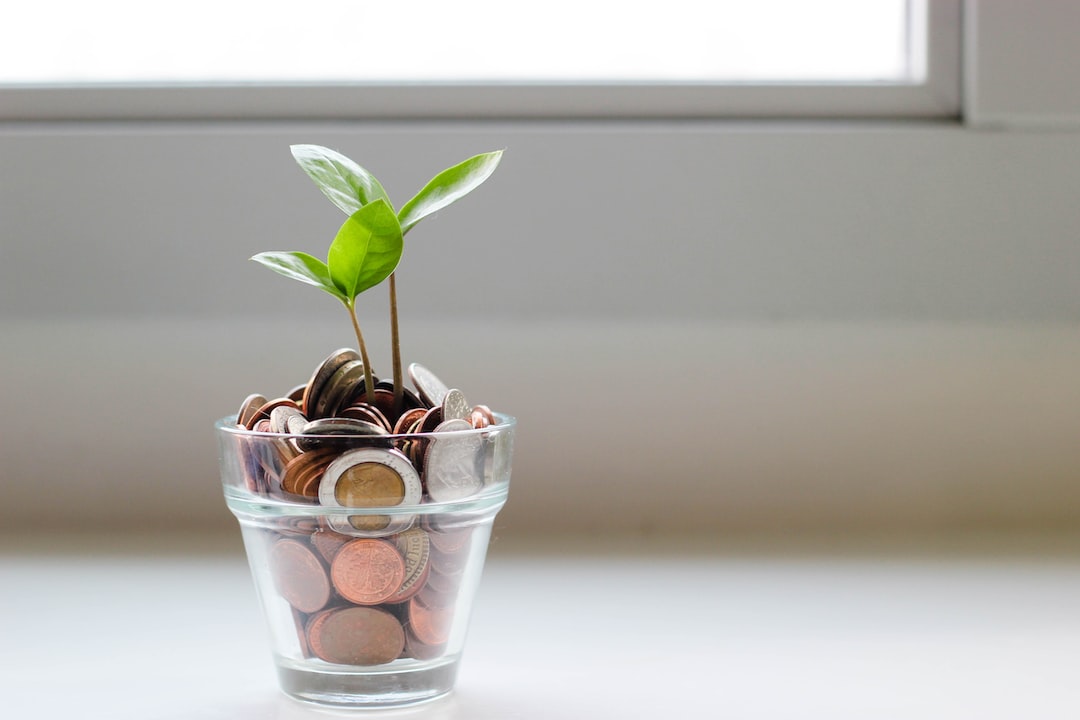The foreign exchange reserves of any country are the total amount of foreign currency held by its central bank. These reserves act as a cushion to absorb any shocks to the economy, such as sudden changes in the exchange rate or a sudden surge in imports. In the case of Pakistan, the foreign exchange reserves have been a topic of much discussion and debate. In this article, we will take a closer look at how much forex reserve Pakistan has and what it means for the country’s economy.
As of September 2021, Pakistan’s forex reserve stands at $28.23 billion, according to data from the State Bank of Pakistan (SBP). This is a significant increase from the lows of $7.5 billion in 2013, but it is still a far cry from the highs of $18.24 billion in 2016. The increase in forex reserves over the past few years has been attributed to a number of factors, including increased remittances from overseas Pakistanis, improved export performance, and inflows from international lenders.
One of the key reasons for the increase in forex reserves has been the surge in remittances from overseas Pakistanis. According to the SBP, remittances increased by 27.4% in August 2021 compared to the same period last year, reaching a record high of $2.7 billion. This has been driven by a number of factors, including the COVID-19 pandemic, which has led to increased demand for remittances from families back home, as well as the government’s efforts to encourage overseas Pakistanis to send money through legal channels.
Another factor contributing to the increase in forex reserves has been the improvement in Pakistan’s export performance. According to the Pakistan Bureau of Statistics, exports increased by 29.3% in July 2021 compared to the same period last year. This has been driven by a combination of factors, including increased demand for Pakistani goods in international markets, as well as the government’s efforts to promote exports through various initiatives.
In addition to these factors, Pakistan has also received inflows from international lenders such as the International Monetary Fund (IMF) and the World Bank. In July 2021, Pakistan received a $1 billion loan from the World Bank to support its COVID-19 response, while in August 2021, the IMF approved a $2.8 billion loan to support the country’s economic reforms.
Despite the increase in forex reserves, Pakistan’s economy continues to face a number of challenges. One of the key challenges is the high level of debt, which has been driven by a combination of factors including high fiscal deficits, low tax revenues, and a reliance on external borrowing. According to the SBP, Pakistan’s total external debt and liabilities stood at $116.3 billion as of June 2021.
Another challenge facing Pakistan’s economy is the high level of inflation, which has been driven by a combination of factors including supply chain disruptions, rising global commodity prices, and a devaluation of the Pakistani rupee. According to the Pakistan Bureau of Statistics, the inflation rate stood at 9.1% in August 2021.
In conclusion, Pakistan’s forex reserve has shown a significant increase in recent years, which can be attributed to various factors such as the increase in remittances, improved export performance, and inflows from international lenders. However, the country’s economy continues to face a number of challenges, including high levels of debt and inflation. It is important for the government to continue implementing structural reforms aimed at addressing these challenges and improving the overall economic outlook for the country.






